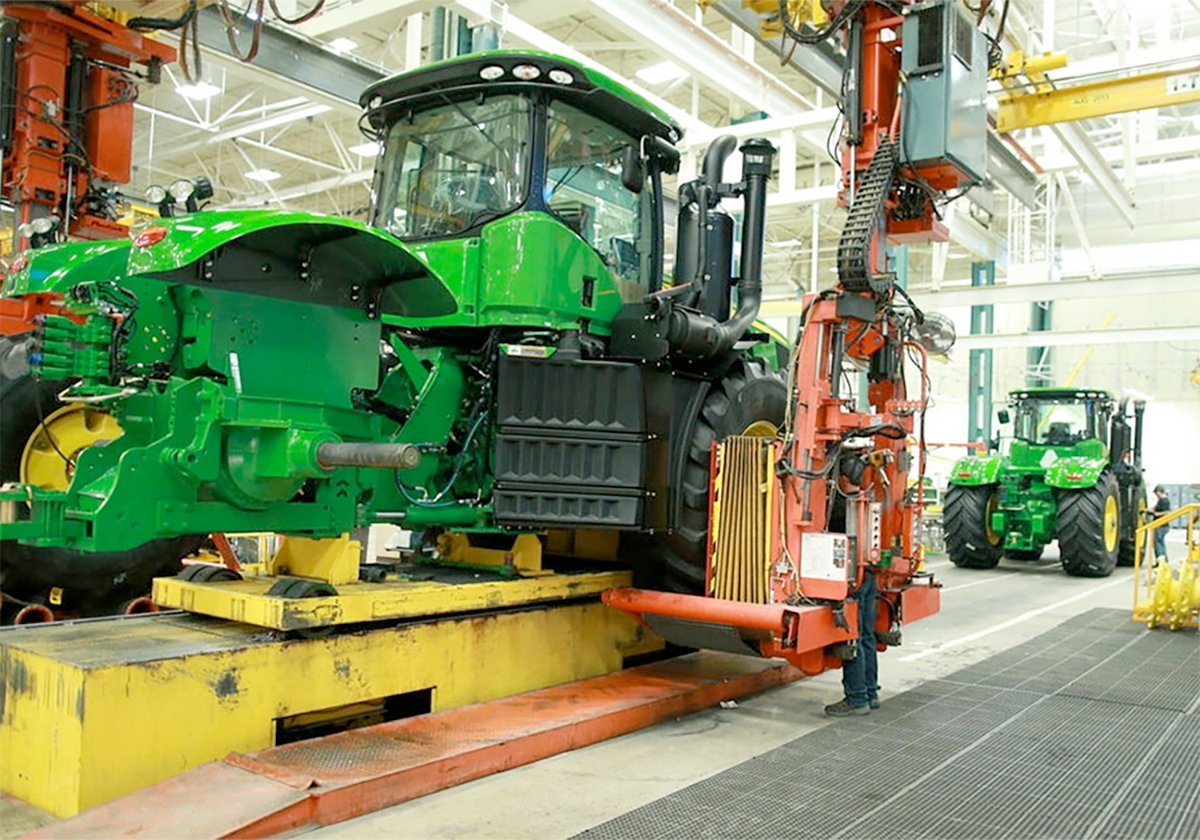THE WHEELS of government turn slowly, especially when it comes to the future of the federal grain car fleet.
Next year will mark the 10th anniversary of Ottawa’s announced intention to sell its fleet of 13,000 hopper cars. Since then much has changed – transportation ministers, trade agreements and even the mix of buyers and sellers in the global grain market.
But the government still owns the cars.
The decision to sell the fleet was part of then finance minister Paul Martin’s deficit fighting budget that also eliminated the Crow Benefit. Ottawa intended to use the proceeds to help pay off debt.
Read Also

Trump’s trade policies take their toll on Canadian producers
U.S. trade policy as dictated by president Donald Trump is hurting Canadian farmers in a multitude of ways.
But most farmers were outraged. Grain transportation is a priority for western farmers, who are located farther from ocean ports than their competitors.
Indeed, their complaints in the 1970s about chronic shortages of modern rail cars to move their grain to port was the reason the government bought the fleet.
They knew that if the cars were sold to the railways, farmers would eventually pay for them through higher freight costs. So, they reasoned, if they were paying, they should own the asset. They organized under the Farmer Rail Car Coalition to make the argument.
Various studies and procedural matters have delayed the sale, but they have been settled.
The FRCC’s arguments are persuasive. It says the cars were bought for the benefit of western farmers and they are the best entity to ensure that legacy continues, particularly if the asset is transferred for a nominal sum. If the railways own the cars they owe it to their shareholders to employ them in ways that make the most profit, regardless of western farmers’ interests.
Also car ownership would give farmers a seat at the table when grain transportation issues are decided, not just as observers, but as asset holding participants.
Direct management of the asset would also give farmers information about the byzantine workings of the grain transportation system, and in today’s increasingly commercial environment, information is power. This window on rail operations could become even more valuable if the Canadian Wheat Board, which has often acted on behalf of farmers in transportation matters, succumbs to increasingly vigourous trade challenges.
The coalition’s research has also shown that it can lower car maintenance costs and use the savings to begin the vital work of replacing the aging fleet.
But it is the fleet’s age that raises one flag of caution. Despite attractive maintenance payments to the railways, there are complaints about deterioration and wear in the cars’ gates, hatches and even wheel trucks.
Before any sale of the fleet, the cars’ state of repair must be impartially assessed. If there are problems the railways must answer. Owning grain cars is a good idea for farmers, so long as their wheels aren’t about to fall off.














